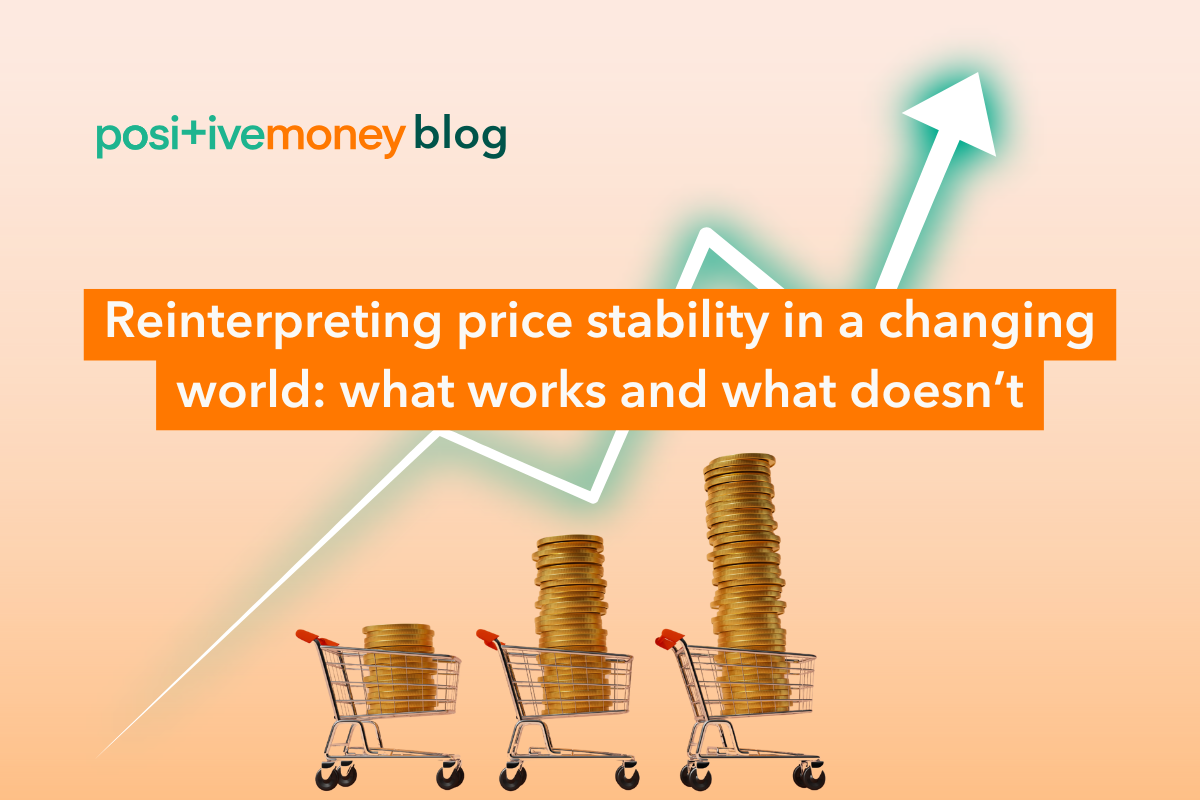
MacroeconomicsEU
18 December 2025
Mario Draghi’s recent report on EU competitiveness shines a spotlight on the urgent need to accelerate the green transition and close the EU’s innovation gap. However, what the report leaves unsaid is the pivotal role the European Central Bank could play in financing this transition.
On September 9th 2024, former European Central Bank (ECB) chief Mario Draghi unveiled his much-anticipated report, The future of EU competitiveness. This 400-page document presents a diagnosis of where the EU economy stands and outlines strategies to revitalise it.
His proposals for EU economic strategy sparked lively debate. Will the current ECB president Christine Lagarde take these insights onboard and implement change?
Just days after the report’s release, the ECB Governing Council met to discuss monetary policy, resulting in a second interest rate cut in the eurozone. At the press conference, journalists were quick to ask Lagarde about Draghi’s recommendations. Unfortunately, her response was underwhelming.
While Lagarde did express formal support for Draghi’s plan, she placed the responsibility for implementing it squarely on governments, saying that structural reforms are their domain, not that of central banks. She emphasised that the primary contribution that the ECB can give to implementing Draghi’s recommendations is through maintaining price stability and fulfilling their mandate.
This is a narrative we often hear from central bankers, which surely has some truth in it. However, such a narrow focus neglects a range of important tools and interventions that the ECB could – and should – deploy to foster a greener and more competitive economy. Crucially, it ignores the fact that stable economic, financial, and price systems cannot exist on a dying planet – the ECB’s role in supporting the economic transition is far broader than what President Lagarde might want us to believe.
Draghi’s report highlights the need to close the innovation gap between the EU and competitors like the US and China, to accelerate energy decarbonization and the shift towards clean energy systems, and to enhance security and defence in the bloc. For each of these challenges, Draghi proposes concrete reforms – but to achieve these, the EU must bridge an investment gap of €750-800 billion per year between 2025 and 2030.
Around 80% of this investment must come from the private sector, but the public sector plays a crucial role in unlocking these funds through investment incentives. Draghi also advocates for increasing common EU debt to finance the necessary reforms.
The report identifies high energy costs as a major obstacle to Europe’s competitiveness. Decarbonization is essential not only for environmental reasons, but also to ensure stable and low energy prices that would enable EU businesses to compete globally. European Commission president, Ursula von der Leyen, echoed this by underlying that ‘the only way to ensure the long-term competitiveness of the EU is to shift away from fossil fuels and towards a clean and competitive economy’.
In fact, the reliance on fossil fuels has made our economy vulnerable, particularly in light of recent geopolitical tensions. The inflationary spikes during 2020-2022 – driven by soaring fossil fuel prices following the Russian invasion of Ukraine – illustrate the precariousness of our current energy system. If energy costs remain high, persistent inflation shocks will undermine economic stability. In other words, the energy transition is both an environmental imperative and a matter of price stability, which is the core of the ECB’s mission.
High interest rates currently pose a significant challenge for the clean energy sector, which Draghi identifies as being in desperate need of financial support. The ECB should introduce a dual interest rate system. This means, when carrying out its lending operations to banks, the ECB should offer preferential rates to those that commit to financing green transition projects like in energy renovation and renewable sectors.
Additionally, the ECB is expected to revise its collateral framework soon. This framework allows banks to borrow money from the ECB by using certain assets, such as bonds, as collateral. The ECB should consider the broader implications of these assets on the environmental crisis, including their impact on nature and biodiversity loss. Potentially, it should also offer preferential treatment for green bonds to stimulate finance for sustainable projects.
Last but not least, there is a pressing need for better coordination between government fiscal policies and central bank monetary policies. Despite recent interest rate cuts by the ECB, borrowing costs still remain high, making it challenging for governments to invest in the green transition. One effective way to stimulate green public investment is by improving funding conditions for green bonds, which finance green transition projects. The ECB could establish a permanent green public bond purchasing facility to incentivise investment in the green transition sector, supporting not just national governments but also municipalities, regional authorities, and EU institutions.
These are just a few steps the ECB could take to proactively address the financial and climate challenges we face, particularly regarding the green transition. While it is true that governments are better positioned to spearhead structural reforms, the ECB still has a vital role to play. By embracing its responsibility to finance the green transition and fostering collaboration with governments and other EU institutions, the ECB can make a meaningful contribution to creating a sustainable, more competitive European economy.
